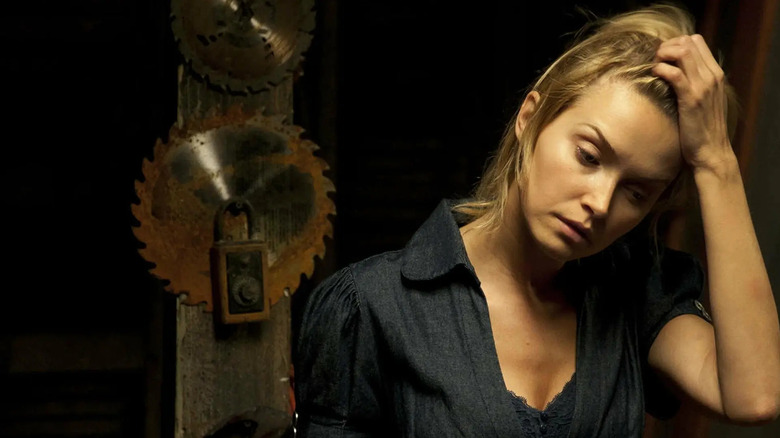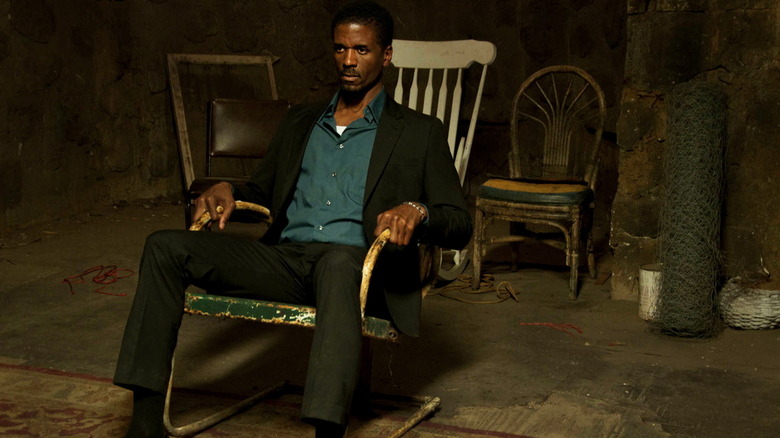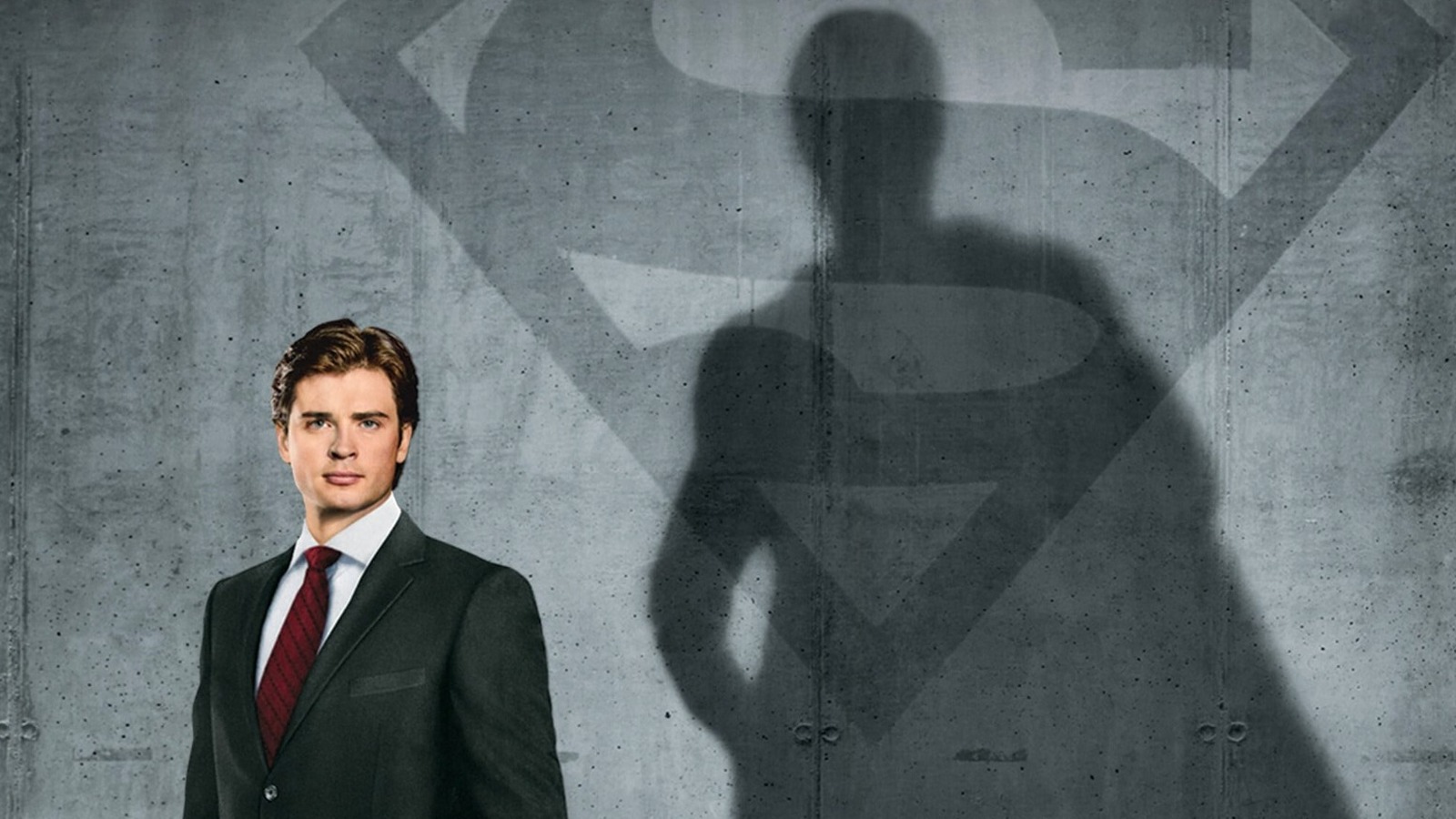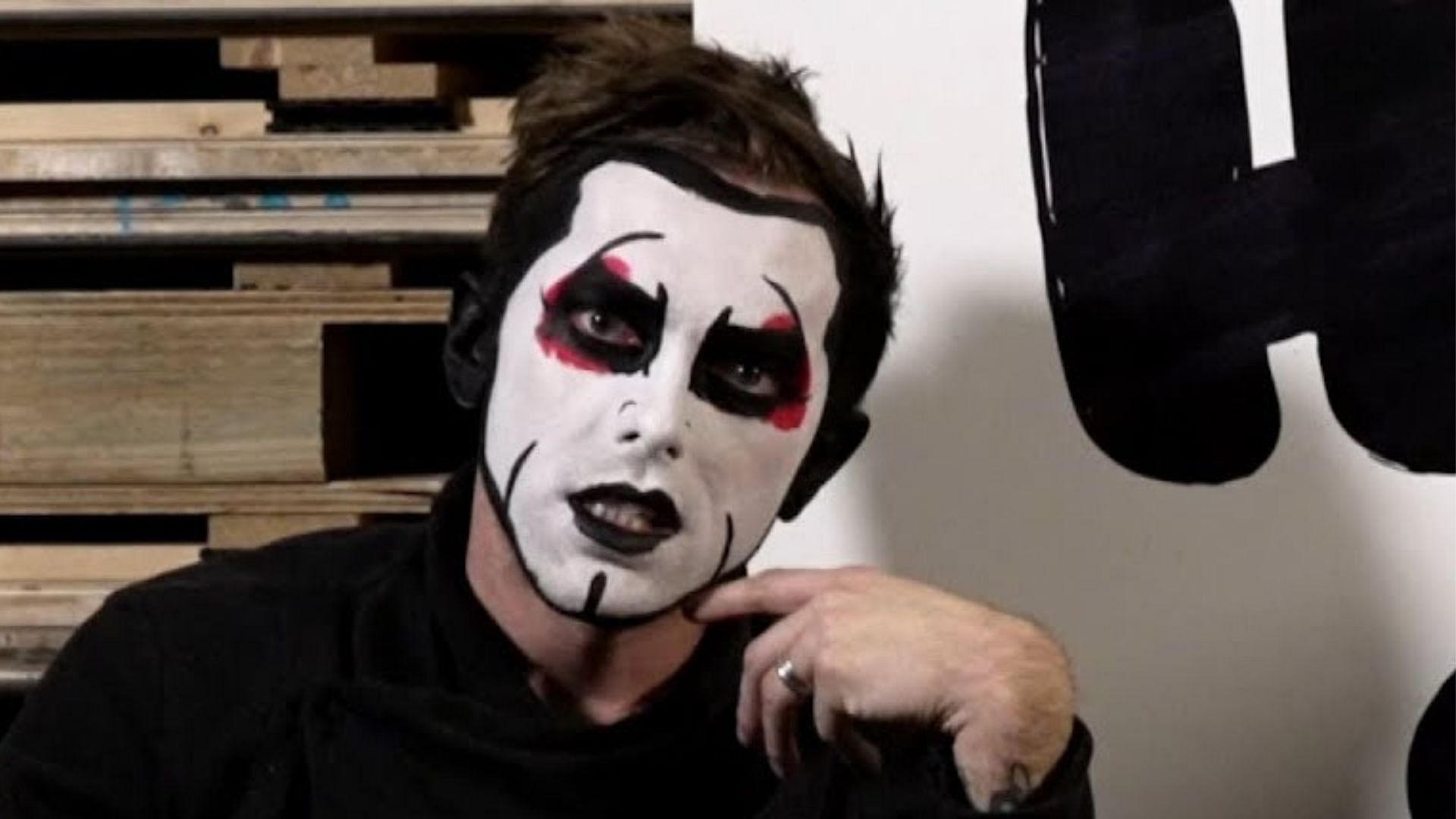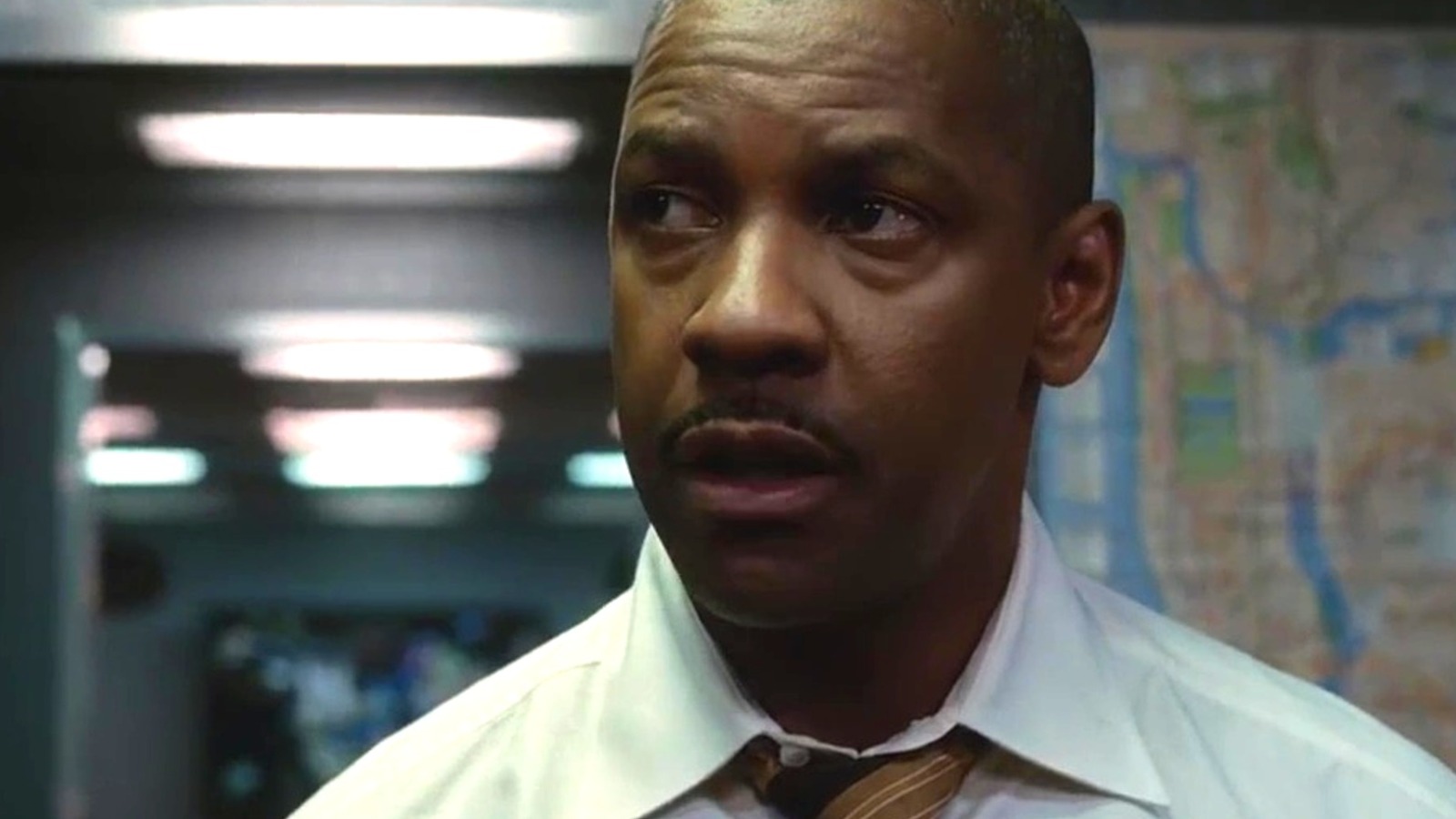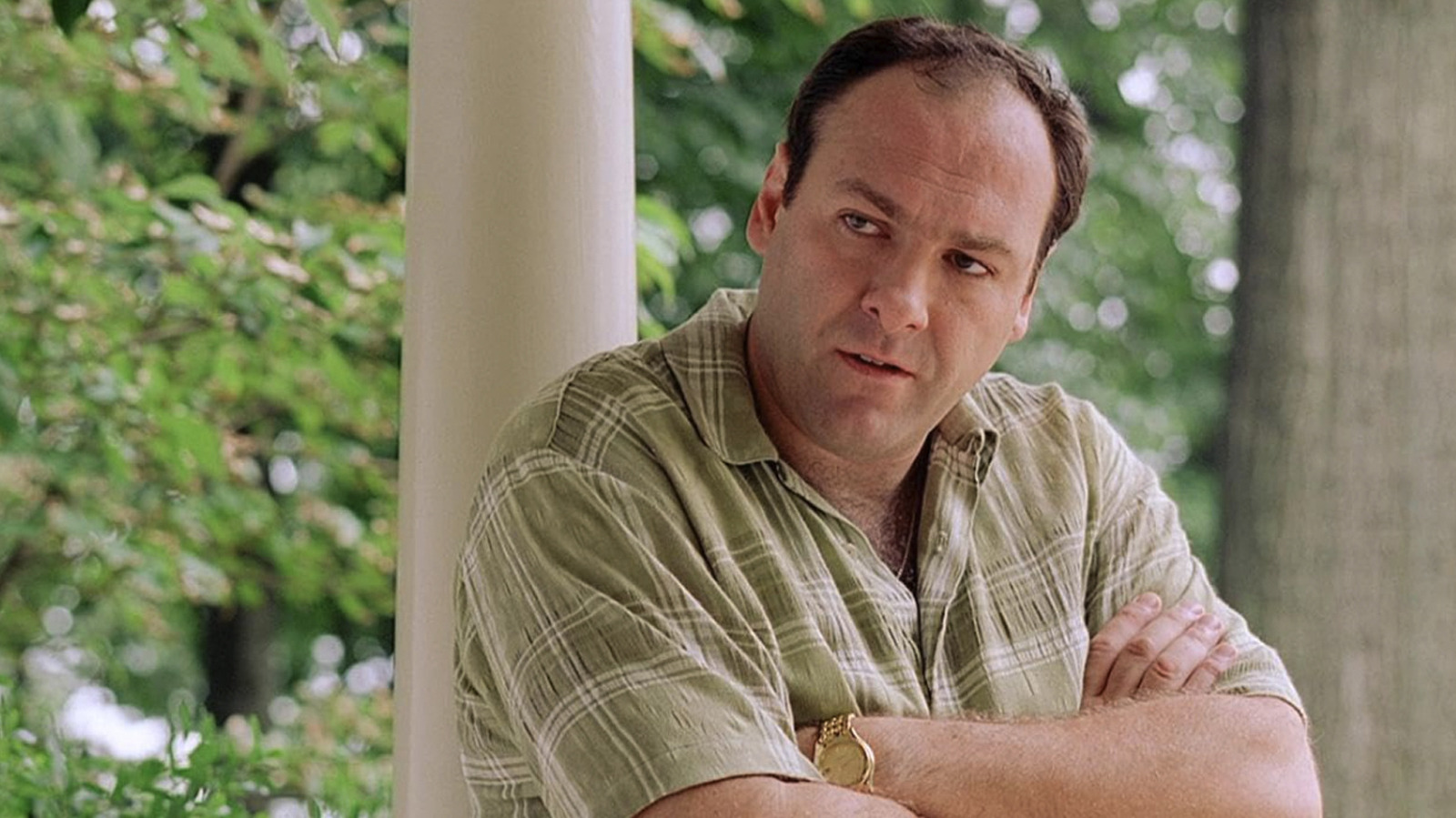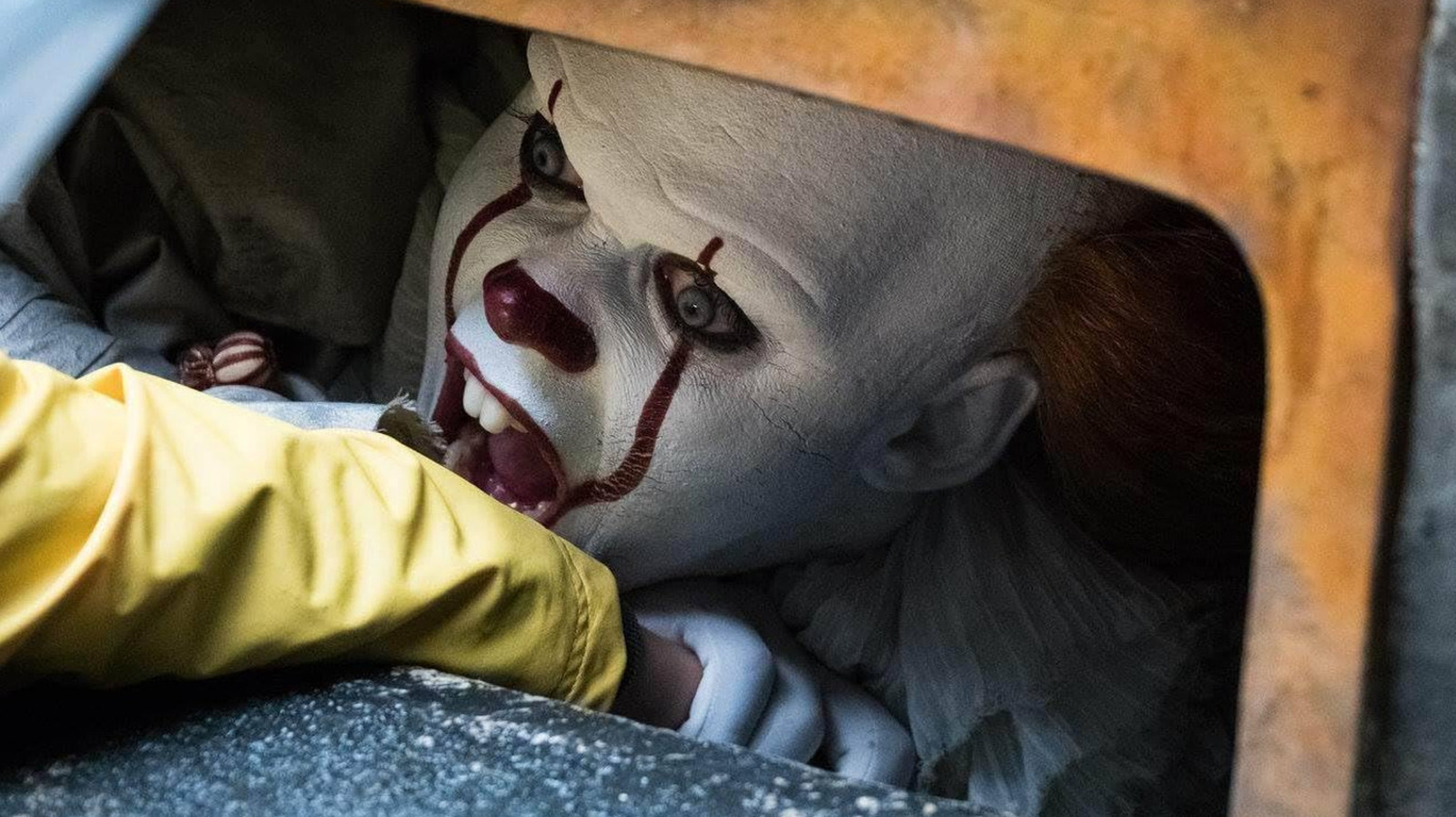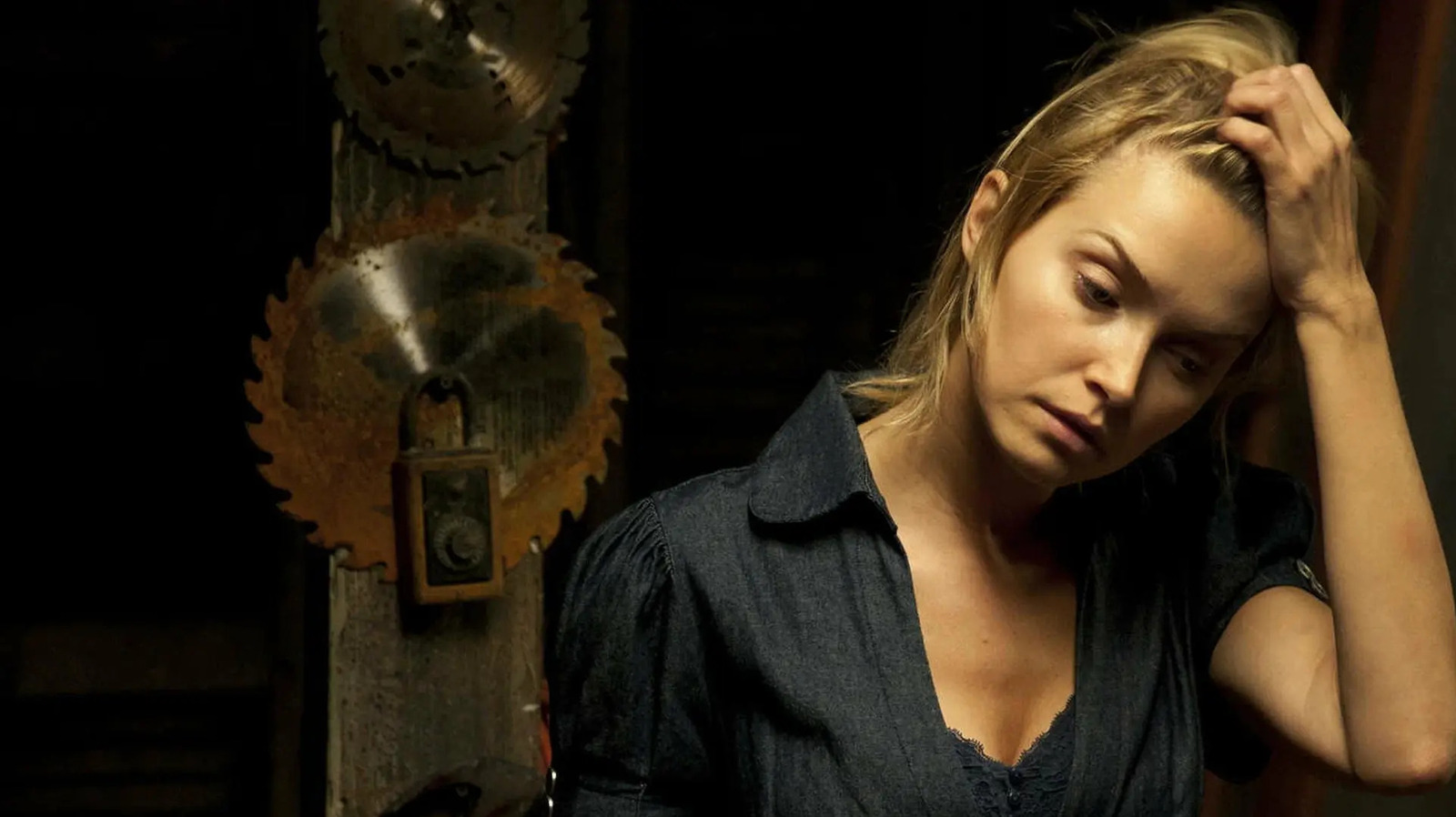
We may receive a commission on purchases made from links.
Taylor Sheridan has made himself into one of the most important people in Hollywood. As the creator of “Yellowstone,” in addition to being pretty much that show’s sole writer, he has managed to craft a full-on TV empire that extends beyond his hit Western. There are spin-offs, as well as other hit shows like “Tulsa King,” “Lioness,” and “Landman,” all stemming from Sheridan’s mind. Yet, the filmmaker had relatively humble beginnings behind the camera — his feature directorial debut is a horror movie that one would be forgiven for not being aware of.
The movie in question is called “Vile” and was released in 2012. It’s an ultra-low-budget, not at all highly regarded movie in the, for lack of a better term, “torture porn” sub-genre that became popular in the early 2000s, in no small part thanks to the success of the “Saw” franchise. For those who have seen “Vile,” it’s not regarded as worth remembering. Yet, it’s an important part of Sheridan’s filmography.
In a 2017 interview with Rotten Tomatoes, Sheridan discussed “Vile” a bit during the press tour for his thriller “Wind River.” That film is regarded highly and, even though it’s not technically true, Sheridan views it as his feature debut. Here’s what he had to say about it at the time:
“I would say [Wind River] is my feature debut. A friend of mine raised — I don’t know what he raised — 20 grand or something, and cast his buddies, and wrote this bad horror movie, that I told him not to direct. He was going to direct it and produce it, and he started and freaked out, and called and said, ‘Can you help me?’ I said, ‘Yeah, I’ll try.'”
Vile tried to capitalize on the popularity of Saw
“Vile” was written by Eric Beck and Rob Kowsaluk. The film centers on a group of strangers who find themselves imprisoned in a house. Unsure of why they are there or who is behind it, they’re soon enlightened by a video advising them there is a way out. Ultimately, they must endure excruciating pain and torture to win their freedom. Though not a carbon copy, that should sound familiar to anyone who has seen even a single “Saw” film. It’s also a cousin to other contemporaneous films like “Hostel” and “The Collector.”
For all of the success Sheridan has enjoyed, “Vile” is considered to be his worst movie by far, yet it’s also clearly not representative of what he was capable of as a filmmaker. Speaking further in that same interview, he explained that he saw his role on the film as more helping out than actually being the director. Whatever the case, what he learned on that set helped him later on down the road:
“I kind of kept the ship pointed straight, and they went off and edited, and did what they did. I think it’s generous to call me the director. I think he was trying to say thank you, in some way. It was an excellent opportunity to point a camera and learn some lessons that actually benefited me on ‘Wind River.'”
What’s interesting is that, in the realm of horror, it feels like no movie ever truly dies. To that end, this movie has found some semblance of an audience over the years. “Vile” even got a Blu-ray release, which you can pick up on Amazon. Not that getting a Blu-ray release is a prize these days, but it’s more than many other low-budget, direct-to-video horror movies are afforded. Having Sheridan’s name attached certainly doesn’t hurt, but that’s also why we remember movies like “Duel,” which served as Steven Spielberg’s feature directorial debut. Without his name attached, would we still talk about it?
I’m certainly not suggesting these movies are in the same ballpark, more just pointing out that a big filmmaker’s name can help certain movies live on in the public consciousness instead of disappear completely as they might have without said filmmaker attached. Either way, it’s fascinating to look at this as the start of Sheridan’s directing career with the benefit of hindsight.
“Vile” is streaming now on Tubi.
